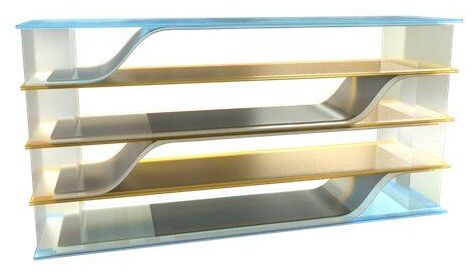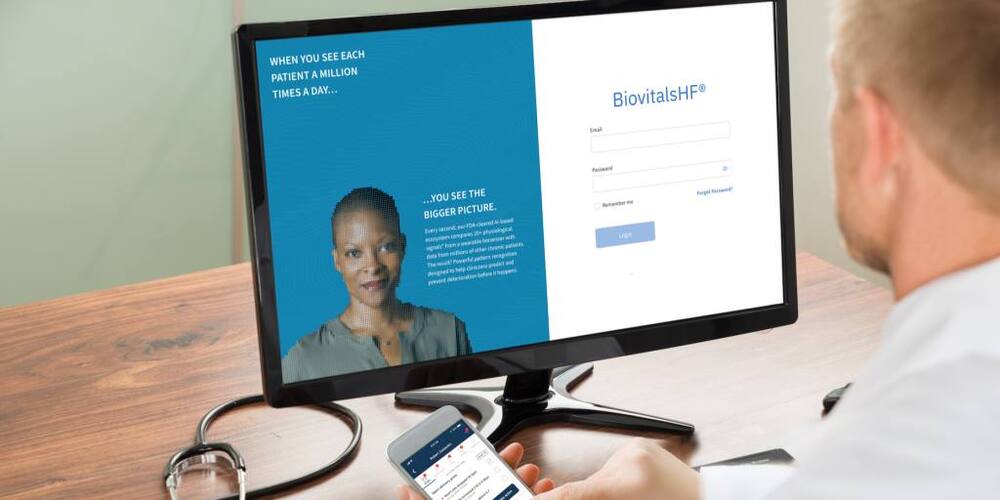CSL’s Systems and Networking Research Group (SyNRG) is defining a new sub-area of mobile technology that they call “earable computing.” The team believes that earphones will be the next significant milestone in wearable devices, and that new hardware, software, and apps will all run on this platform.
“The leap from today’s earphones to ‘earables’ would mimic the transformation that we had seen from basic phones to smartphones,” said Romit Roy Choudhury, professor in electrical and computer engineering (ECE). “Today’s smartphones are hardly a calling device anymore, much like how tomorrow’s earables will hardly be a smartphone accessory.”
Instead, the group believes tomorrow’s earphones will continuously sense human behavior, run acoustic augmented reality, have Alexa and Siri whisper just-in-time information, track user motion and health, and offer seamless security, among many other capabilities.






